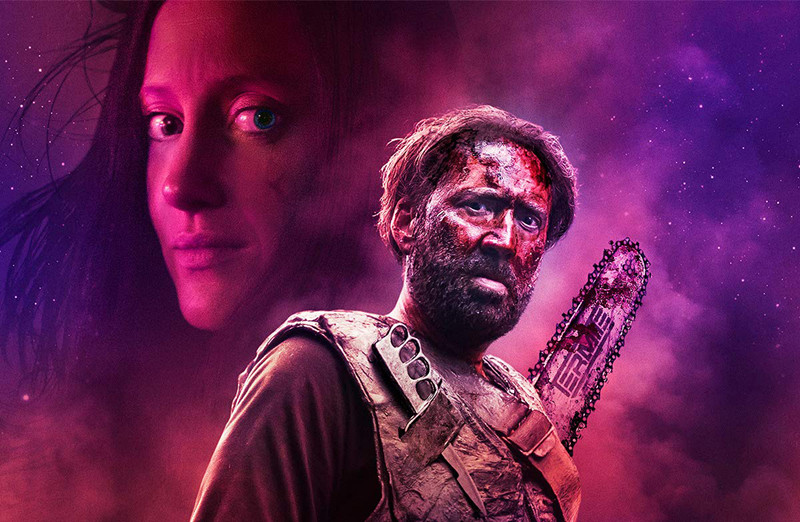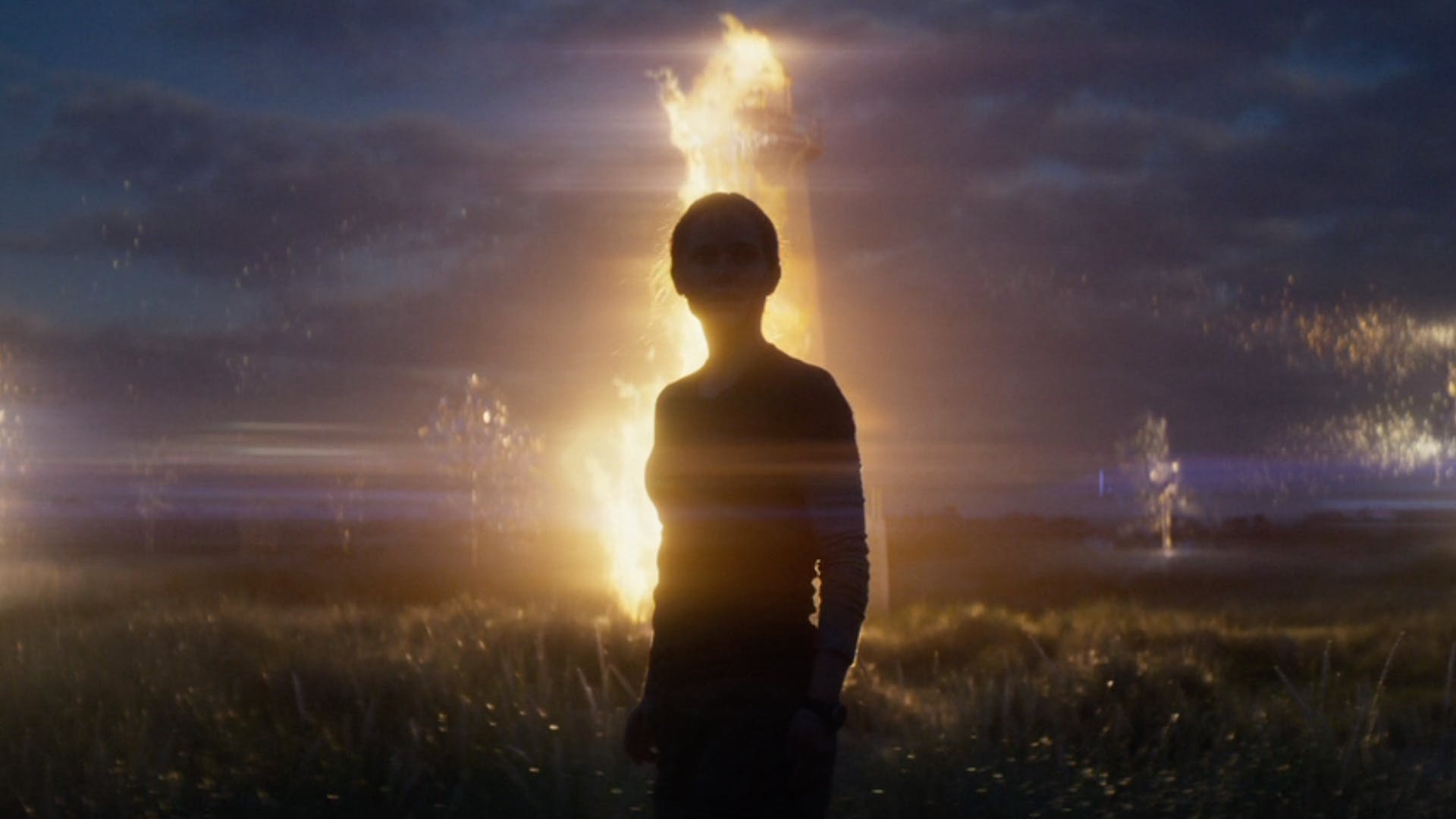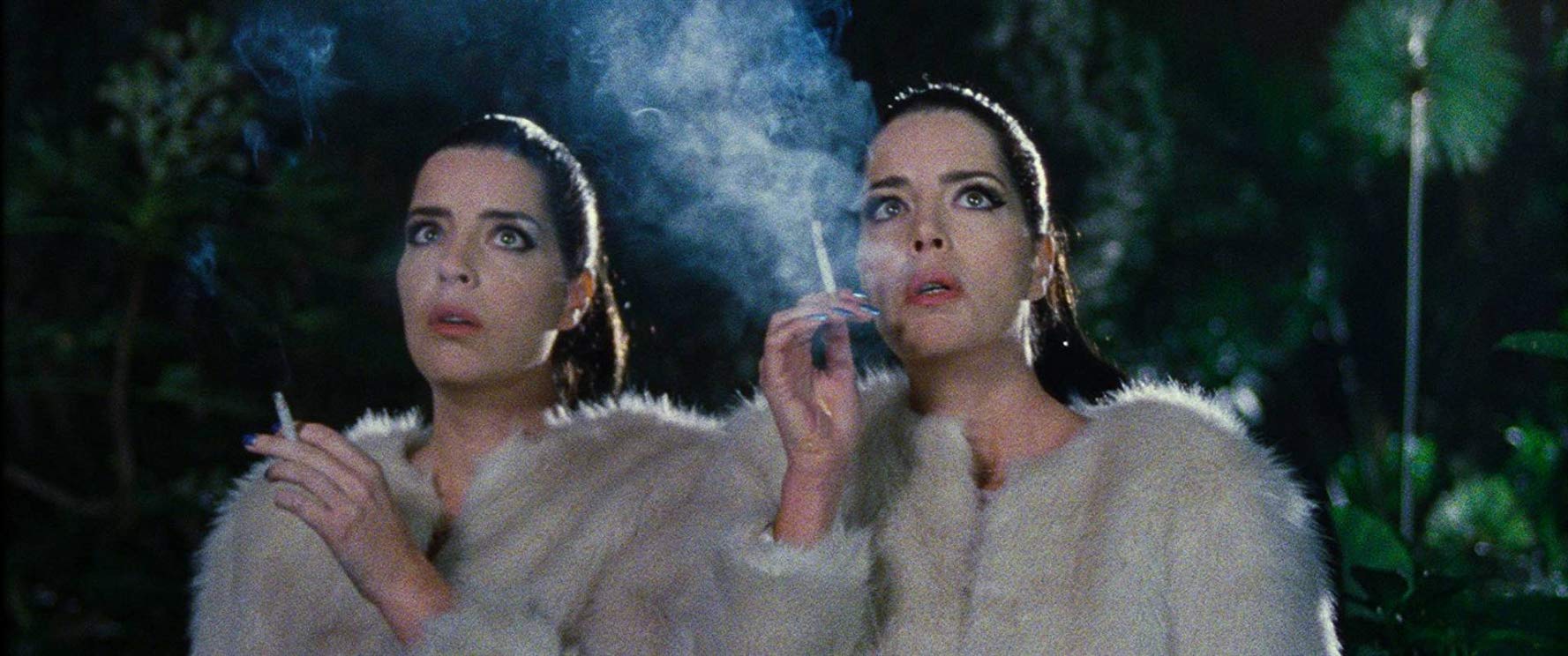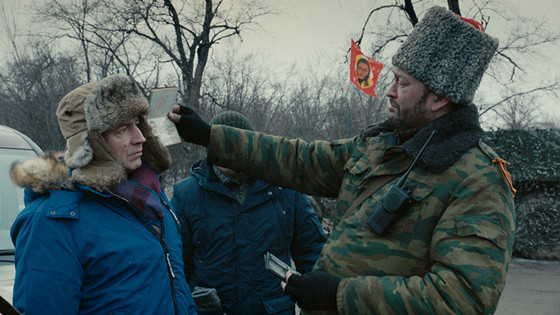
When the new normal in cinema is stories about people (usually men) in tight costumes criss-crossing the universe with their superpowers, what stories can possibly be considered bizarre cinema? This is a question that is challenging audience perceptions.
Comic book movies and highbrow horror now find themselves on the screens and year-end best lists that were once reserved for Oscar bait and star-laden fare. But if the industry is now obsessed with genres that were once too weird or niche or silly, then it’s fair to say that the mainstream has also gotten weirder. And this has been great for cinema in 2018.
Despite a glut of sequels, reboots, and derivative intellectual property spinoffs, 2018 has been chock full of the bizarre: horsemen, giant hamsters, time loops, and trolls, just to name a few. Even the Oscar bait got in on the weird trend. When an experimental comedy about Dick Cheney competes with a superhero movie and a Yorgos Lanthimos movie for awards nominations, it’s fair to say that business isn’t exactly as usual.
But films like Vice, Blackkklansman, and The Favourite just scratch the surface of the weirdness that was 2018 cinema. The films on this list reflect the best of the truly bizarre of this year’s films. Some films haven’t yet been released in the US or other markets, or they were partially released in 2017. In cases where a film’s complete run spanned two years, it was included if it was substantially in 2018. At least one film, Claire Denis’ High Life, was removed because it is likely to make a splash on 2019’s list.
Finally, there are some honorable mentions. Hybrid films American Animals and Madeline’s Madeline flirted with the bizarre by mixing reality and cinema, and horror films A Quiet Place and Bird Box added new twists that made for novel viewing experiences. Burning is as at least as bizarre as a Haruki Murakami adaption is expected to be.
Hereditary, Apostle, and The Ritual all blended bizarre elements to traditional horror formats. Godard’s latest, The Image Book, similarly meets audience expectations. Finally, late master Abbas Kiarostami’s final film, 24 Frames, is the most mainstream moving image film since La Jetee, a final treatise on film about images, and the latest in the continuing art of the moving painting.
With that, these are the most bizarre films of 2018. Spoilers abound…
10. Annihilation

Alex Garland’s second entry into auteur-dom is an adaptation of the first book of Jeff VanderMeer’s Southern Reach Trilogy, and it’s not hard to see why Garland chose this as his follow-up to Ex Machina. Like Garland’s other work, it examines issues of exploration, self-destruction, and what defines reality.
Annihilation is a feast for the eyes and the brain. It’s the kind of film that’s so weird and out there that it’s hard to believe that it even got made. Though it all makes sense when one remembers that it did so miserably at the box office that the studio dumped its international distribution on Netflix. That is an injustice in itself because somewhere out there is a cinema audience that is here for Garland’s twisted take on what may or may not be first contact with outside life.
Garland and his cast, led by Natalie Portman and dominated by some of the best actresses working in North America today, have created a world they call The Shimmer. That name couldn’t be more fitting. Everything in this swampy death trap, from the lighthouse to the mutant animals with mutated howls to the organs spinning inside the characters, is so strange and off-putting that it’s easy to forget that we’re watching CGI.
But Annihilation also has the good sense to go even weirder with its ending. Featuring a choreographed dance that may also be a fight scene, Garland refuses to do what so many filmmakers before him have copped out to by wrapping up everything up in a bow. This may have doomed Annihilation at the box office, but it may have also cemented its place in cinematic history.
9. Border

Some countries submit serious, moving, often historically relevant films as their contender for the best foreign film Oscar. In 2018, Sweden went in a different direction. Border is different in ways that transcend language, nationality, or genre.
Ostensibly the story of a noticeably ugly woman who uses her ability to smell guilt at her job as a customs and border officer, Border becomes the year’s strangest love story and then a disturbing tale of crime and vengeance. Director Ali Abbasi and fellow scripters Isabella Eklöf and John Ajvide Lindqvist, whose short story is being adapted, apply elements of folklore to the gritty slow burn of Nordic drama.
The result is a story that never lags. What should be a major twist that sets up a whole cinematic universe—the fact that the main character is a troll—is one plot beat that raises the stakes of the plot without feeling like a gimmick. Border has something to say about how we treat outsiders and how we justify our greater impulses, and it manages to do this while getting audiences to believe in a parallel reality where trolls existing is just the first part of an involved world.
8. Climax

If you live in the US, expect to hear more about Climax in the spring of 2019 when audiences can finally see what already surprised European audiences. Climax is bizarre in itself. A dance troupe unwittingly imbibes spiked sangria and embarks on a horrific hallucinogenic ride that changes things for everyone. It is the mother of all bad trip movies.
But in true Gaspar Noe fashion, the director shocked his audiences by making a film that was his most widely loved. After 4 films, numerous walkouts, and seemingly bottomless controversy, the director made a film that was shocking, bizarre, and conventionally appealing. And Climax still makes this list.
Part of Climax’s warm reception is down to Noe himself. The director is working from a premise rather than a gimmick. However much the 3D sex of Love, the first person POV of Enter the Void, or the reverse order of Irreversible bolstered their films, Climax sees a more focused and precise Noe at ease with his plot and eager to make the most out of a traditional story.
But audiences have also come around the Noe. Frequently dismissed as a superficial provocateur, Noe’s craft and ceaseless efforts to push the limits of what we know as cinema must seem refreshing in a time when so many promising filmmakers are being snatched up by studios to direct generic tentpoles. Climax was a reminder that Noe is the real deal—one of cinema’s great freaks.
7. Diamantino

Bizarre tend to be either very moody or very zany. Diamantino falls into the latter category. The Portuguese film directed by Gabriel Abrantes and Daniel Schmidt is unlike any other film this year. It’s the kind of movie some filmmakers never attempt in their whole careers, and yet it’s hard to impossible to deny its rightful place on this list.
Diamantino is also the name of the main character, a football/soccer player modelled after Ronaldo. Diamantino is the best in the world, and as a character he is the person we wish our famous athletes would be. He is humble, respectful, and lives for the game. When he plays his sport, he (and the audience) see pink bubbles and huge, cute dogs. Alas, a World Cup blunder triggers his fall from grace.
This is where the story picks up. He takes in a refugee who is actually an undercover spy. His sisters conspire behind his back. A scientist tries to use his DNA to make an army of perfect athletes. These are just some of the things that happen. What saves Diamantino from collapsing on its own silliness is the way that Abrantes and Schmidt match form and function. Some effects purposefully look cheap. The characters act like caricatures because they are.
The result is a comedy that starts by lambasting celebrating but doesn’t stop there. The rise of nationalism, illiberalism, and xenophobia come into play. In a time when the EU’s very existence is under attack, it’s a bizarre surprise that the boldest film statement comes from a Portuguese comedy that is rife with giant puppies, clown fish, and evil twins.
6. Donbass and Our New President

Donbass and Our New President comprise one of two of this list’s ties. At first, their joint inclusion might seem superficial. They are linked by geographical setting. Donbass naturally takes place in eastern Ukraine where Russia separatists are waging a war against the government. Our New President is set in Russia. In fact, it’s a documentary made up entirely of Russian media clips about President Trump.
One is a series of fictional vignettes, and the other is an archive documentary, yet these two films both highlight the absurdity of the post-truth era and the way that disinformation forces the banality of the absurd on unwilling populations. In 2018, Donbass and Our New President might be the most essential double bill for those struggling to understand these times.
Donbass is made of thirteen short stories about the military conflict between Ukraine and the Kremlin-backed Donetsk People’s Republic. But writer/director Sergey Loznitsa has no interest in telling a conventional war story. Loznitsa recreates moments that originally appeared as social media clips. At one point, a character works as an “extermination squad volunteer”. The stories illuminate a world where corruption and debasement are institutionalized and dumb platitudes constitute political policy.
Our New President is a film about so-called propaganda consisting entirely on propaganda. Regardless of one’s political leanings or opinions on the Russia investigation, Our New President is fascinating, bizarre stuff. It should be mandatory viewing for anyone who wants to contribute to the political discussion. What makes it on the screen is both hilarious and horrifying with grave implications for both Russia and the United States.